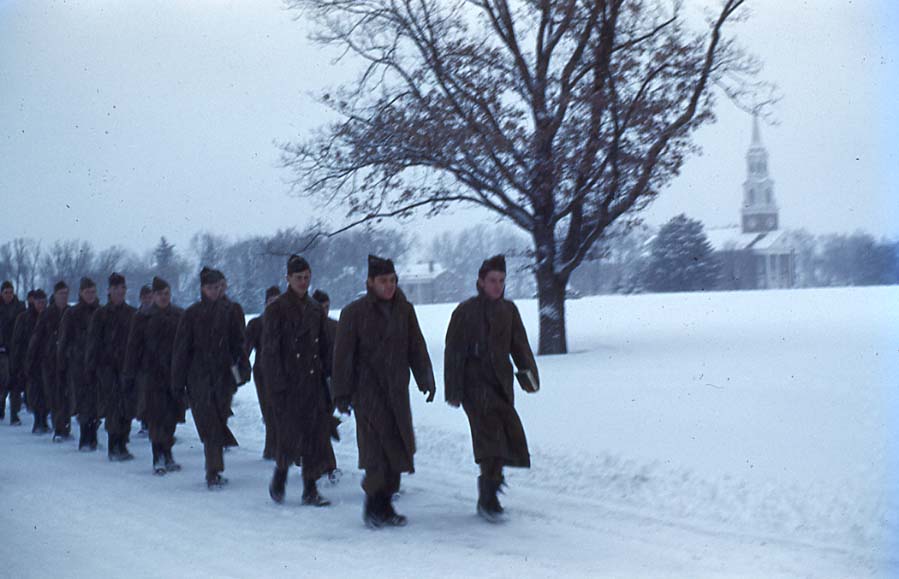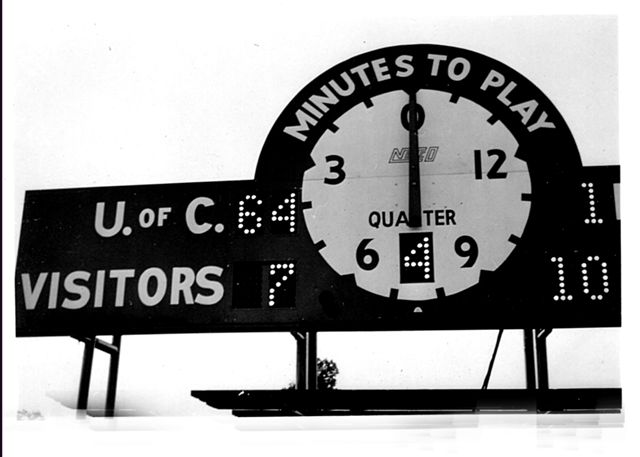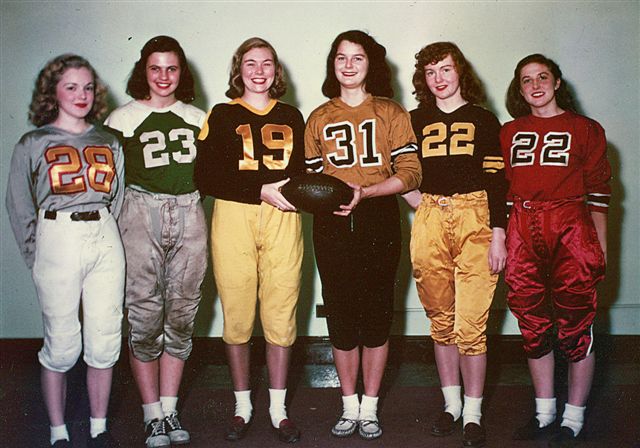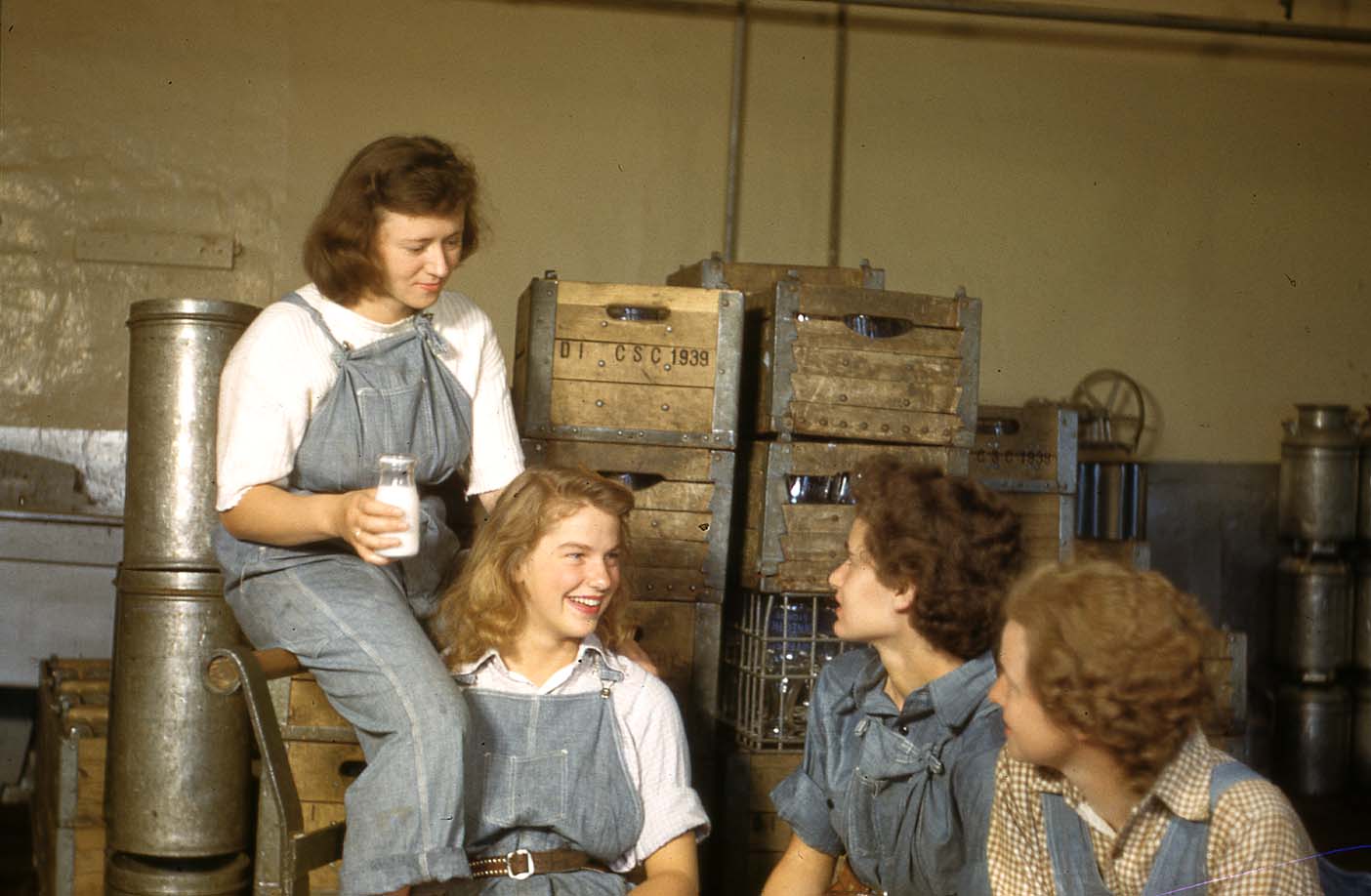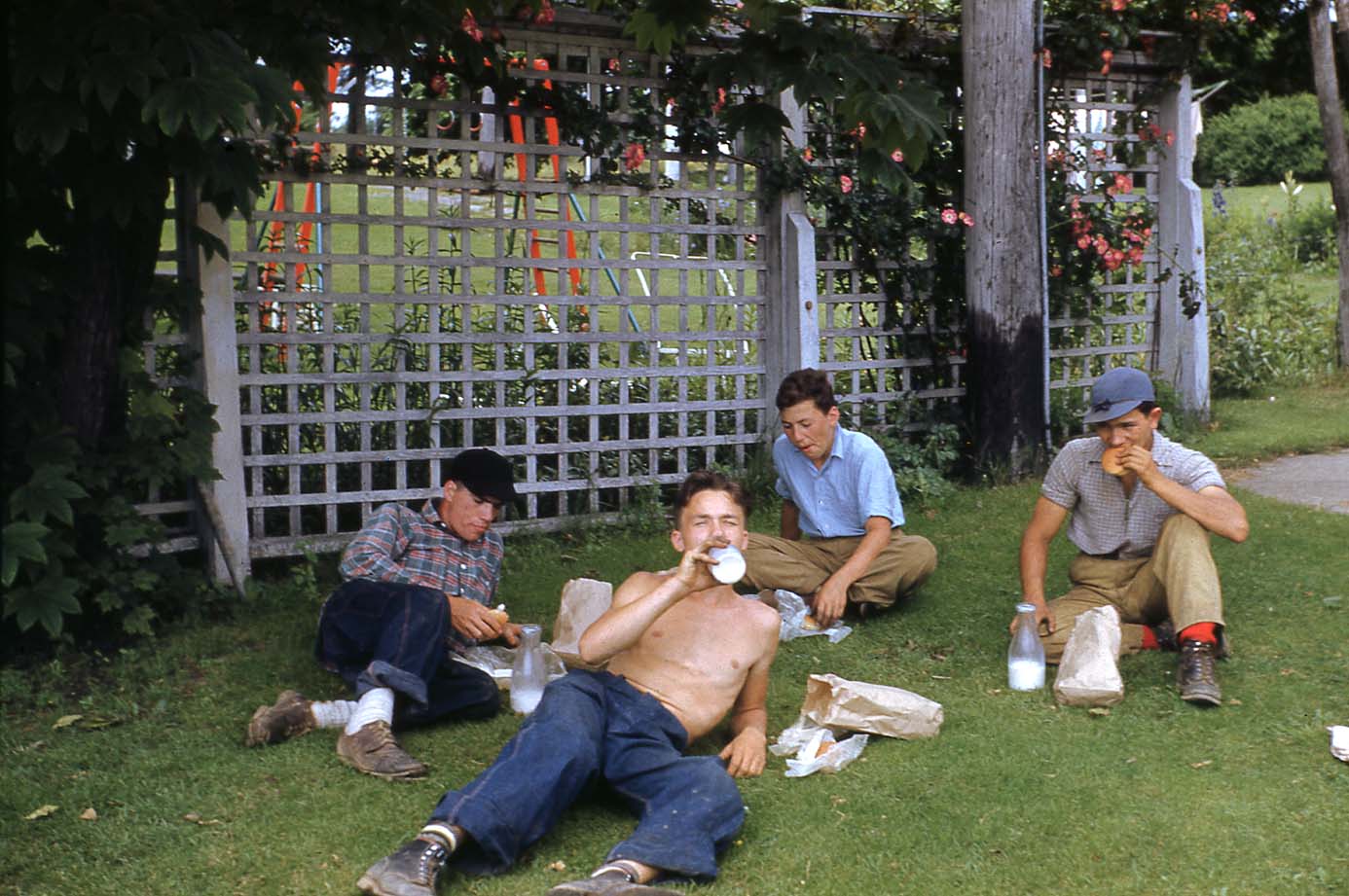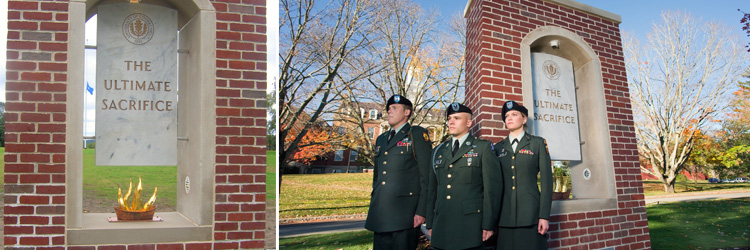
“The Ultimate Sacrifice” Memorial
The UConn Archives has been a part of the efforts to honor UConn alumni who have made the ultimate sacrifice for our country. “The Ultimate Sacrifice” Memorial was dedicated on November 10, 2008 at a moving ceremony on the Great Lawn, where faculty, staff, alumni and families of our veterans gathered to reflect on the lives lost.
As part of the project, University Archivist Betsy Pittman works with the Alumni Association to document the “Roll of Honor”, a comprehensive listing members of the UConn community who lost their lives while serving in the armed forces. For more information on the honor roll, contact Betsy Pittman at betsy.pittman@uconn.edu



